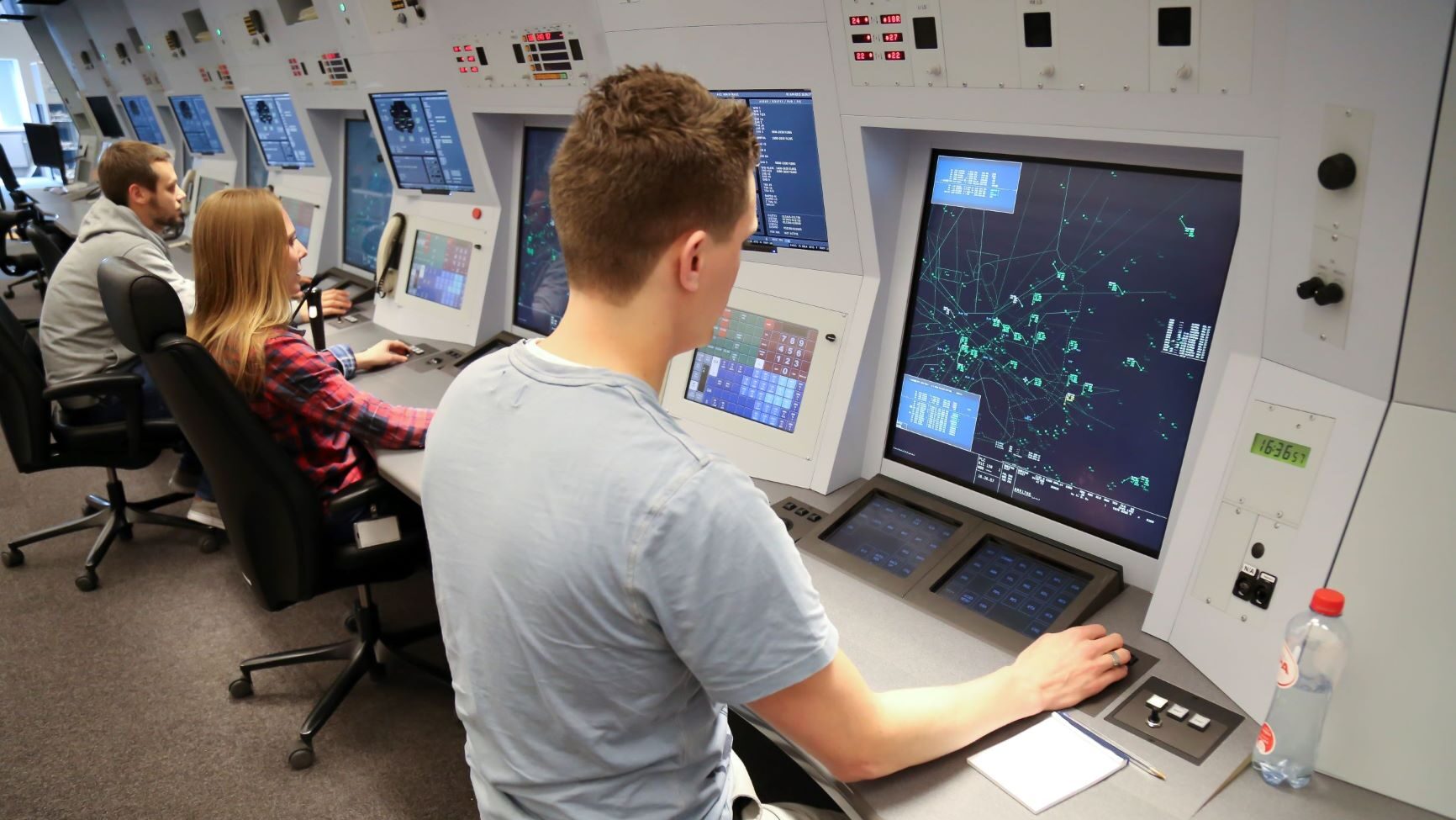
For LVNL, it is of great importance to have sufficient, well-trained operational staff. The responsibility for this lies with the Training Organisation. This main department ensures, through carefully designed training plans, qualified instructors and coaches, and high-quality training tools, not only the education of new staff but also the continued professional competence of existing personnel. LVNL’s air traffic control simulators play a crucial role in this process: they realistically replicate the operational environment, enhancing the effectiveness of simulator training and reducing the overall training duration.
LVNL’s request to MovingDot was to investigate what is required to conduct as much of the training of operational staff as possible in the simulator, while ensuring that the transition from simulator to operational control room or tower is as seamless as possible.
To that end, MovingDot mapped the current and desired fidelity of the radar simulators, developed a simulation vision, and drew up a roadmap. This vision supports LVNL in making decisions about the further development of the simulators and the steps needed to achieve this.
In a follow-up assignment, MovingDot developed a decision-making framework to determine whether an operational system should be replicated within the simulator (emulation), or whether it is preferable to integrate the actual system into the simulator (stimulation). Such a framework had not existed until now. It enables the issue to be considered from multiple perspectives: not only training and education, but also simulator management and development. Financial and legal considerations also play a role. The framework provides experts with a structured way to engage in dialogue and reach a well-founded conclusion.
MovingDot simulation and training expert Harmen Abma:
“Simulation is an important part of air traffic controller training. It was a great assignment to work together with LVNL experts and simulator manufacturers, with whom LVNL has collaborated intensively for many years, to develop a vision on radar simulation. Bringing together the outcomes of interviews and literature research into a practical roadmap was an interesting puzzle—one that will hopefully help LVNL further increase training efficiency and make the transition from simulator to operations smoother.”


